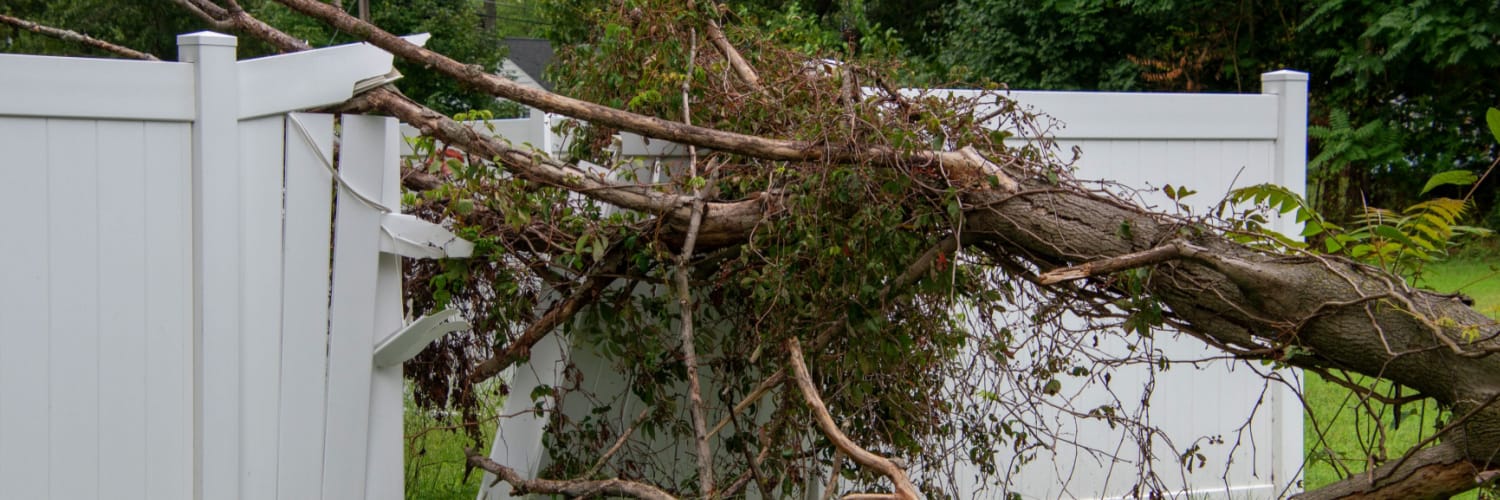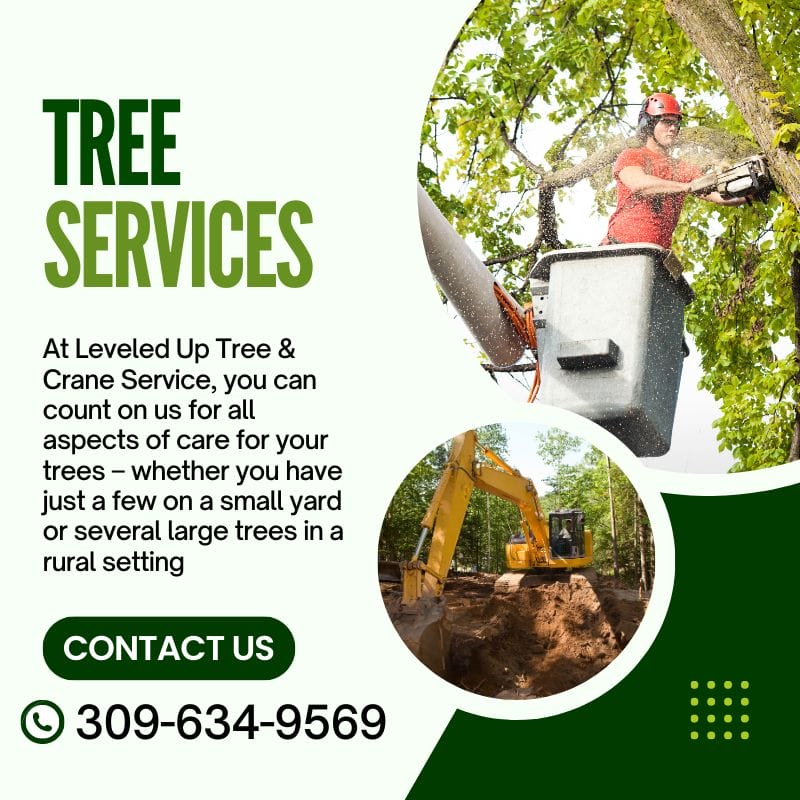Emergency Tree Services
Quick Contact
"*" indicates required fields
storms can take a Big toll on the trees in your yard
Whether in winter or the summer, storms can take a big toll on the trees in your yard. Powerful winds, lightning strikes, heavy snow, ice and rain commonly cause damage to trees. In the worst situations, trees – or large tree branches – will fall and damage your home, vehicles, garage, or other features of your property.

Here are some of the most common causes of weather-related damage to trees that often require our emergency tree removal services.
- High winds from storms and tornadoes are naturally a top cause of damage. Wind can even completely uproot a tree or twist it. If the tree is structurally weak, the trunk will snap and fall.
- Heavy rains can wash away sediment, which exposes the tree’s roots, weakens it and puts it at risk of falling over.
- Ice accumulation and snowfall can cause tree branches to break and fall. Or, in some cases, this extra weight will split the tree and cause a partial or complete collapse.
- Lightning strikes can actually cause the water within the tree’s cells to boil. As a result, the bark peels off and burns occur on the roots and wood of the tree. Also, lightning can slice away tree branches and even cut trees in half.
DEAD AND DISEASED TREES CAN TAKE A BIG TOLL ON YOUR PROPERTY.
When trees are ill or have a disease, they get weaker and their branches are far more prone to suddenly break and fall off, which poses a safety risk to your household and property.
Diseases from trees can sometimes spread to other trees in the area, so it’s essential to contact us to remove any diseased trees from your property as soon as you become aware of them. Leveled Up can safely remove diseased trees while minimizing any risk of disease spreading to other, nearby trees.
Pests and viruses can slowly and steadily kill a tree from within, and eventually, make them unsalvageable. When that occurs tree removal is the best and sole option.
Common warning signs of disease include:
- Dead or dying branches
- Holes on the leaves or bark
- Leaves appear spotty, burnt, wilted or yellowish
- White, dusty mildew forming on the body of the tree
Like all living things, trees eventually die regardless of how well property owners take care of them. Sometimes, for any variety of reasons, property owners may leave their dead trees standing for many years even after the final leaf falls. Possibly, it’s because they are used to the tree occupying a unique spot in their landscape and they don’t want to make a change. In most situations, keeping a long-dead and decaying tree around can raise some adverse risks.
When it’s Time to Schedule Tree Removal by Leveled Up
For starters, a dead tree – particularly a large tree – can create other hassles that may lead to additional expenses. Homeowners are wise to consult with tree experts about removing and replacing dead trees on their landscape.
Dead trees can:
- draw termites, pests and rodents that may, over time, make their way to your garage or home.
- branches can start to break off due to high winds, possibly causing damage to your roof, gutters and features of your landscape. Additionally, falling branches can pose a safety risk to people and vehicles near your location.
- eventually, dead trees will fall. Homeowners may underestimate the weight and height of a tree until a storm causes it to crash onto their roof. The damage from a falling tree can be significant.





